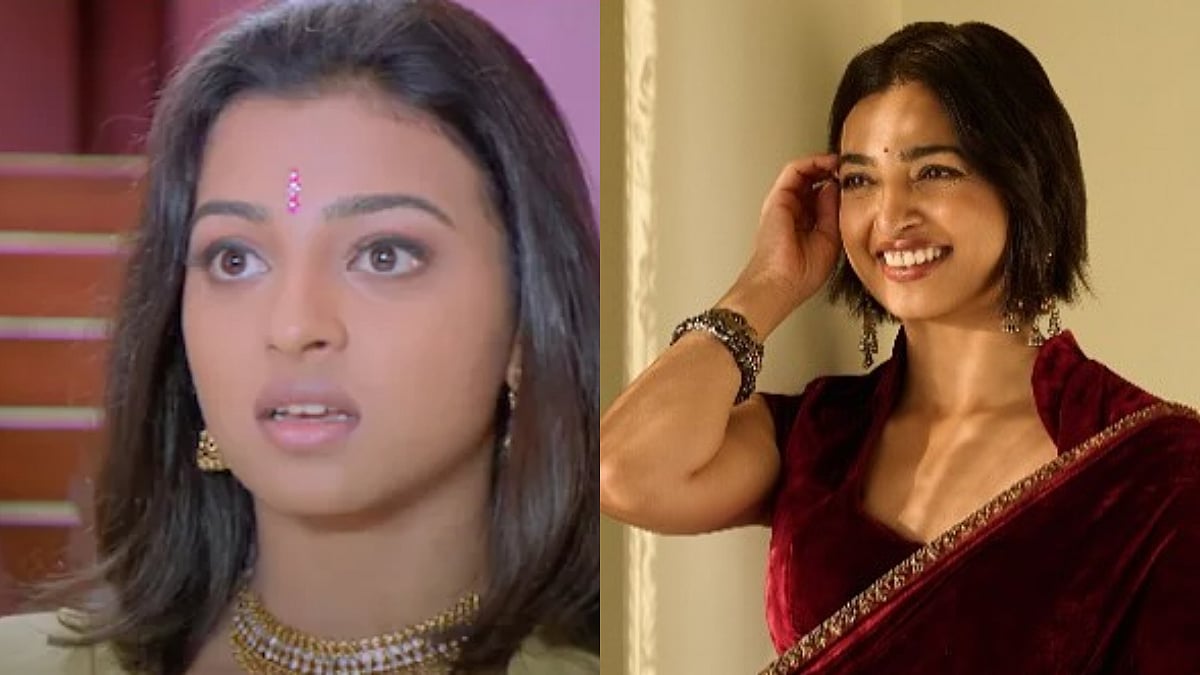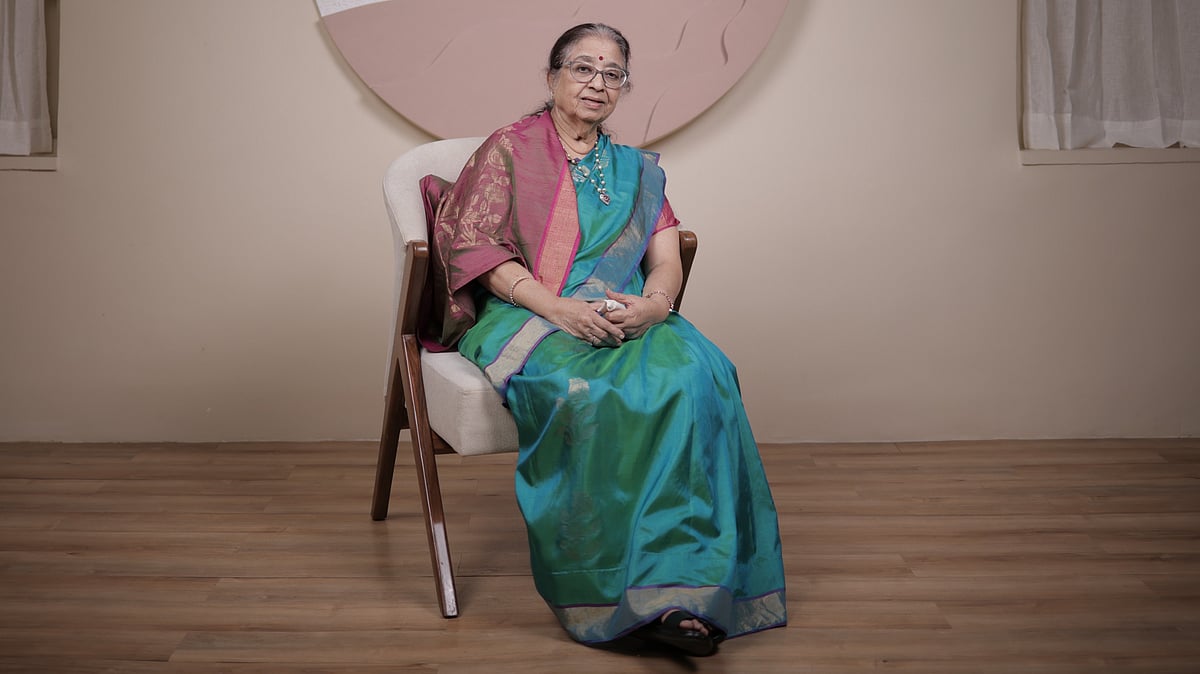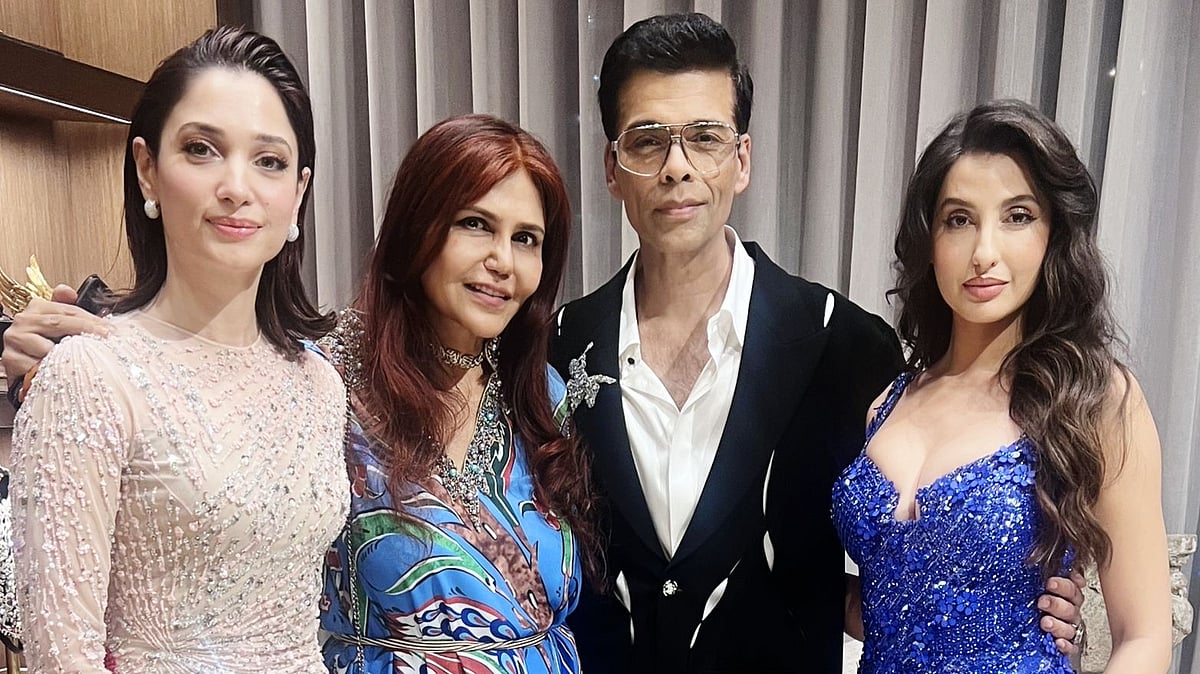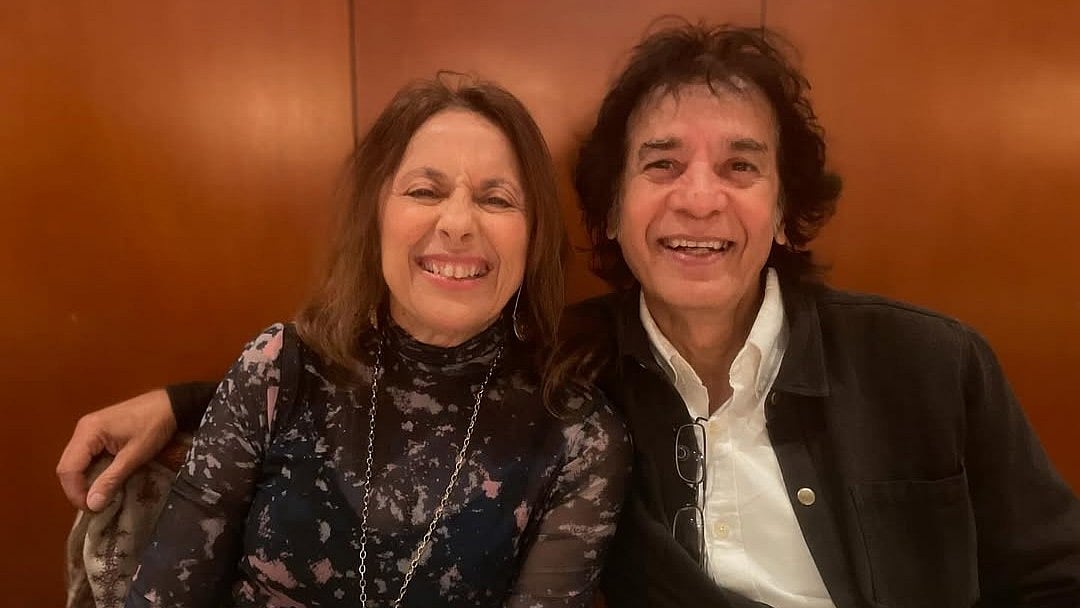On records, the longest gap between sequels is approximately 64 years. Bambi was released in 1942, and Bambi II was released in 2006. Similarly, Mary Poppins Returns was released exactly 54 years and 120 days after its first edition, Mary Poppins which was released in 1964. Both films were warmly received by the audience.
With James Cameron’s Avatar 2 expected to release 13 years after its first edition, we realise that the list of belated or wide-gapped sequels is long. But is the audience receptive to such long-awaited films, especially since sequels flourish because nostalgia is a powerful tool that attracts the audience to their pre-existing relationship to a story or world. In a typical scenario, if you love a film- you want more. Similarly, a filmmaker or a studio loves the money the film rakes, and they want to make more. That is how these follow-up films – sequels, prequels, reboots, remakes, or spin-offs happen.
But, at the onset, one should understand what is a sequel, and what differentiates it from remakes, reboots or a franchise. While a series of films that share a thread of the same cinematic universe is termed as franchise Auteur Satyajit Ray’s Apu trilogy (Pather Panchali, Aparajito and Apur Sansar) is a sequel, Hrithik Roshan’s Krrish is a sequel of Koi Mil Gaya. Here the stories progress in the same cinematic universe. Sanjay Leela Bhansali’s Devdas and Farhan Akhtar’s Don are remakes of their earlier versions and Anurag Kashyap’s Dev D is a reboot of Devdas.
While making a sequel, remake or reboot may appear as a cash grab for the makers, for the audience, it is like waiting for a second helping at a buffet table, where one is sure to lose one’s appetite while waiting for the refill. But then we are talking about consumption and appetite, be it food or films, it varies from person to person.

OMG: Oh My God |
Sujata Chakraborty from Chembur, a film enthusiast who devours films regularly, reveals, “If the original film is compelling and leaves you on a cliff-hanger, I look forward to a sequel or a spin-off. I am not enamoured by a sequel for the sake of one.” But on the other hand, she admits, “True fandom waits, curiosity intact. I loved the original Top Gun as well as its belated sequel in equal measure, and I believe all the Die Hard films were very successful, despite several years between them. So, no, I don’t think a time lag makes much of a difference.”
Vivek Shah, Film Reviewer at Wise Movie Reviews affirms, “For Top Gun sequel, the thirty years plus gap only increased the curiosity.” He adds, “Top Gun released in 1986 was my favourite film, and I had watched it several times. Hence when Top Gun Maverick released this year, I had a fair idea about each character from the first film and enjoyed it immensely.”
But then, not everyone echoes Vivek and Sujata’s point of view. According to Imtiaz Khan, a college student in his late teens, says, “Films are not compulsory lessons to be memorised and recalled for future references. One watches films to forget one’s worries, escape to a fictional or fantasy land, and mostly relax and unwind. I love films that are holistic in their narrative. I might miss a reference or two from the original that’s ok, but if the narrative relies heavily on the original, then that’s where the film loses its charm and audience too.”
Making a follow-up film or a sequel is not easy. The directors and writers often put a lot of effort to ensure that the new film contains all elements from the original film that audiences hope to see, and that nuance helps offer a blueprint for making a good sequel. Some even announce sequels along with the first film’s release. Baahubali and Brahmastra: Part One – Shiva are ideal examples of this.
“I think announcing a sequel so early has its pluses and minuses. On the plus side, it keeps the audience wanting more and await the sequel eagerly,” says Radhika Desai, a film buff. “However, chances are that the star value might go down till the next film releases or it might not just resonate the same feeling for the audiences after the long gap.”
Vivek feels, that the second film might be updated to be more current, but there are always plenty of call-backs to the original that only the original audience will understand. “Thus, belated sequels’ loyalties lie with their original audience.”

Krrish |
“But,” Imtiaz interjects, “when such films, driven by the PR machinery that create a buzz in the market, the millennials who are peer conscious get overactive on social media and make it a point to be heard. Invariably they revisit the original editions to appear knowledgeable. The numbers here are few, and they surely make their presence felt with the publicity, but then all sequels are not always well-received.”
“I avoid sequels as much as I avoid chain restaurants,” claims Thomas L. Johnson, a filmgoer, “They both are formulaic and generally uninspired.”
Sujata thinks, “The obvious con is you might have lost the original audience completely. But then again, the film might capture a completely new demographic if the maker tweaks the production accurately enough.”
Umesh Shukla the Director of OMG, states, “Apart from the monetary aspect, long-gapped sequels work if the subject is timeless and entertaining enough or have interesting characters like in Hera Pheri. If the subject is not timeless and not entertaining, then I absolutely agree that long-gapped sequels will not work.”
So, while sequels are a dependable business strategy in today’s world of filmmaking, it does not offer a magic formula to box office success.
For the audience it is the iota of originality and nostalgia that keeps them interested in the film. But, if the content is not engaging enough, a sequel might not hold the audience — gap or no gap.









